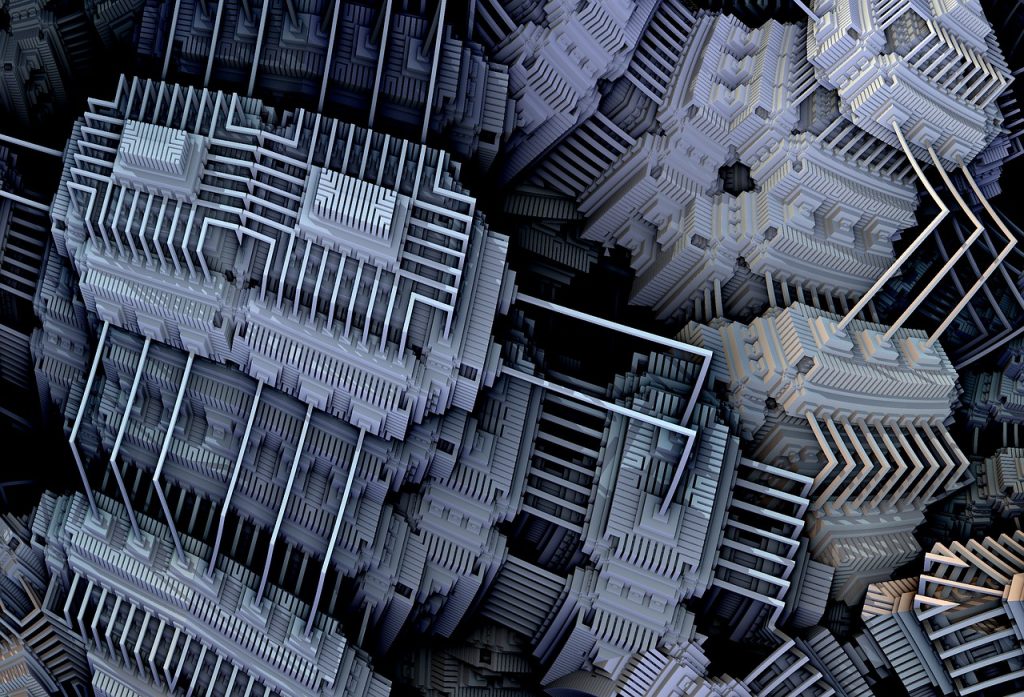Building Quantum Structures Dynamically Balanced

MIT researchers are developing a new method for controlling and quantifying levels of energy in a valuable stone jewel, which could enhance quantum states in quantum systems.
Scientists and builders have extensively been concerned with forming new systems of problems that aren’t found naturally. These substances could one day be used in innovative computer chips, for example. They too divulge subtle tidbits of information well about the planet’s fundamental roles, in addition to their other uses. Terminal research at MIT was created and defined based on quantum structures with operational balance — certain types of actions that resurface regularly, like a structure contracted and mirrored across time.
Changhao, an undergraduate apprentice in Paola Cappellaro’s laboratory and a lecturer of particle physics and architecture, explains, they intended to tackle two concerns. Li, Cappellaro, and individualized alumni substitute Guoqing Wang just published the research in Science News Proceedings. The foremost delinquent was that we had intended to create such a platform. Equally importantly, how might we depict it? How will we be able to detect this symmetry?”
The quantum structure was made up of a valuable stone gem measuring roughly a millimeter in diameter. A nitrous particle near to a break in the matrix — a supposed nitrogen opening center — has caused multiple flaws in the valuable stone. Each midpoint has a fundamental function termed a whirl, which is similar to that of an electron. The bends can be hunted down from one of the types, but likewise in a grouping of both movement levels, akin to Schrodinger’s imaginary kitty, which was both everywhere and nowhere at the equal spell because the system is a quantum structure.
The application’s energetic limit is described by this one Hamiltonian, which discontinuous time dependency the analyzers created using radio management. The structure was considered to have operational equilibrium uncertainty its Hamiltonian remained the same after every period t and also subsequently, for example, each t/2 and t/3, comparable folding a sheet of a broadsheet in partial or thirds so that no portion sticks on show. George, a postdoctoral researcher at Beijing Computation Scientific Study, wasn’t involved in the investigation.
This research, whose whole speculative exertion attended as groundwork, parallels the equilibrium to rock music, in which a thread can quiver at mutually 100 and 50 hertz.
The MIT squad already used a light beating to first explain the architecture and detect such dynamics equilibrium. After that, they focused many frequencies of radiant energy on it and lease it expand, consenting it to captivate and generate electricity. It is indeed amazing how adding such drive can reveal a few extraordinarily spectacular idiosyncrasies, Li explains. It will quake from time to time. Eventually, they fired an additional light throb at it, estimating the amount of perceived energy it fluoresced to determine its status. The estimate was one a rough guide, so take it with a grain of salt.




